Founded in 1942, the South Carolina Ports Authority (SCPA) in Charleston has grown into a vital hub for international trade, driving regional economic growth. The Port of Charleston oversees one of the most efficient and fastest-growing ports in the United States. With a mission to foster economic development and create opportunities for businesses statewide, SCPA is committed to enhancing the Port’s capabilities through strategic investments and innovative infrastructure.
Governed by a dedicated board of directors and led by experienced industry professionals, the SCPA’s leadership ensures the Port remains competitive globally. With a rich history and a forward-looking approach, the South Carolina Ports Authority continues to be a cornerstone of commerce and trade in the Southeastern United States.
This blog aims to provide an in-depth exploration of the Port of Charleston, shedding light on its state-of-the-art facilities, strategic location, and robust infrastructure. We’ll delve into its significance as a vital economic engine, examine its contributions to local and national markets, and uncover the ambitious future expansion projects that promise to elevate its status on the global stage.
Strategic Importance of the Port of Charleston
The Port of Charleston is critical in the global supply chain due to its strategic location and robust infrastructure. Below are key aspects that highlight its significance:
1. Geographic and Economic Significance
Situated on the Southeastern coast of the United States, the Port of Charleston enjoys a prime geographic location that provides easy access to major markets along the Eastern Seaboard and inland. This advantageous positioning supports a thriving regional economy, making the Port a vital conduit for moving goods throughout the nation.
2. Role in Global Trade
The Port of Charleston plays a pivotal role in facilitating international trade, handling a diverse range of cargo from across the globe. Its deepwater harbor, state-of-the-art terminals, and efficient operations make it a preferred port of entry for goods destined for the U.S. and beyond, solidifying its role as a key gateway in global commerce.
3. Comparison with Other Major U.S. Ports
Compared to other major U.S. ports like New York, Los Angeles, and Savannah, the Port of Charleston stands out for its efficiency and growth potential. While it may not be the largest, its strategic investments in technology and infrastructure have positioned it as one of the country’s fastest-growing and most reliable ports.
Several distinct factors set it apart, including:
- Hugh Leatherman Terminal is the first new greenfield container terminal in the U.S. since 2009. It has a capacity of at least 700,000 TEUs and is designed to accommodate mega container ships. The terminal will be developed in three phases, reaching a capacity of 2.4 million TEUs by 2032.
- Charleston Harbor Deepening project deepened the harbor to 52 feet, making it the deepest on the East Coast.
- A $500 million investment is underway to modernize Wando Welch Terminal.
- A $150 million project of Inner-harbor barge operation supported by the Navy Base Intermodal Facility is projected to open by July 2025. It will allow containers to move via waterways between terminals.
Infrastructure of the Port of Charleston
The Port of Charleston has state-of-the-art facilities supporting its role as a leading trade hub on the Eastern Seaboard. Here’s an overview of the key components of its infrastructure:
1. Overview of Terminals
The Port of Charleston operates several highly efficient terminals, including Wando Welch, North Charleston, and the newly developed Hugh K. Leatherman Terminal. These terminals are designed to handle various cargo types, from containers to breakbulk, ensuring smooth and efficient operations that meet the demands of global trade.
2. Warehousing and Distribution Centers
A network of warehousing and distribution centers strategically located near the Port supports the seamless movement of goods. These facilities provide critical storage and logistics services, allowing businesses to manage inventory efficiently and reduce turnaround times, further enhancing the Port’s operational capacity.
3. Transportation Networks and Connectivity
The Port of Charleston boasts a well-connected transportation network that includes highways, railroads, and inland waterways, ensuring efficient cargo movement. Approximately one-third of the United States population lives within 500 miles of Charleston, allowing goods to reach most destinations within 48 hours. This proximity to significant markets increases the Port’s desirability to enterprises trying to optimize their logistics.
4. Technological Innovations and Automation
Embracing cutting-edge technology, the Port of Charleston has implemented various automation and digital systems to optimize its operations. These innovations include advanced cargo handling equipment, real-time tracking systems, and smart logistics solutions, along with the following:
- The Inland Port Greer is undergoing a $30 million investment. This project intends to double cargo capacity and improve rail capabilities, enhancing connectivity between the port and the inland regions.
- The port of Charleston is also developing a near-dock rail intermodal yard, supported by a $400 million investment from the state. This is expected to open by 2025.
- The SMART Pool™ program has been introduced to improve the availability and reliability of chassis for container transport. Over 10,000 chassis have been deployed, enhancing the efficiency of cargo movement within the Port.
- The terminal has adopted improved traffic patterns and IT systems to streamline operations and enhance cargo handling capabilities.
Intoglo, a cross-border logistics partner from India to the USA, is a key contributor to this network. Intoglo enhances the Port’s connectivity with several strategic advantages:
- Comprehensive Liner Network: Offering PAN USA coverage, Intoglo ensures broad access to markets across the United States.
- Multiple Routing Options: Intoglo provides flexible shipping routes tailored to meet diverse logistical needs, optimizing delivery times and costs.
- Collaboration with 40+ Trucking Partners: Intoglo’s partnership with a vast network of trucking companies enables seamless inland distribution, ensuring goods reach their destinations swiftly and reliably.
- In-House Compliance and Pre-Screening: Our compliance team conducts pre-screening before shipment departure, ensuring hassle-free customs clearance.
These features make Intoglo an integral part of the Port of Charleston’s transportation infrastructure, supporting its role as a critical logistics hub in the global supply chain.
Operations and Services at the Port of Charleston
The Port of Charleston offers a diverse range of operations and services that cater to global trade, tourism, and logistics needs. Here’s an overview of its essential services:
1. Cargo Handling Services
The Port of Charleston is renowned for its efficient cargo handling services, providing on-terminal CFS (container freight station) services for all container terminals. It is well known for accommodating many goods, from containers to breakbulk and roll-on/roll-off (RoRo) cargo. Advanced equipment and highly trained staff ensure cargo is loaded and unloaded swiftly, minimizing delays and maximizing throughput. This efficiency is a key factor in the Port’s reputation for reliability.
2. Cruise Services
Beyond its role in trade, the Port of Charleston is also a popular embarkation point for cruise lines. It offers modern terminal facilities that provide a seamless boarding experience for passengers. The Port’s strategic location and excellent services make it an attractive destination for cruise travelers exploring the Eastern Seaboard and Caribbean.
3. Logistics and Supply Chain Management
The Port of Charleston is more than just a point of entry; it’s a vital link in the logistics and supply chain management ecosystem. Charleston Port provides a range of services, including warehousing, distribution, and inventory management, all designed to streamline the supply chain. By leveraging state-of-the-art technology and strategic partnerships, the Port ensures that goods move efficiently through every stage of the supply chain.
4. Customer Support and Services
The Port offers personalized services to meet the specific needs of its clients, from real-time cargo tracking to tailored logistics solutions. Their in-house customer service team works closely with businesses to ensure smooth operations and address any concerns, making the Port of Charleston a trusted partner in global trade.
The Port of Charleston provides various customer support services through the SC Ports Authority and CBP, including inquiries about cargo, berthing, and customs. Residents can also contact the city’s Citizen Services Desk about more significant municipal issues.
Economic Impact of the Port of Charleston
The Port of Charleston plays a pivotal role in driving economic growth, not only in South Carolina but also across the entire Southeastern United States. Here’s a look at its significant financial contributions:
- Contribution to Local and State Economy
The Port of Charleston plays a crucial role in bolstering the economy. It contributes an impressive $17.6 billion in labor income, resulting in an average annual income of roughly $68,000 for jobs supported by SC Ports. This is approximately 23% greater than the state average.
The Port’s operations generate approximately $1.5 billion in tax revenues annually, fueling public services and infrastructure development across South Carolina. This economic contribution underpins the Port’s significance as a pillar of the state’s financial health.
- Employment and Job Creation
As the eighth largest container port in the United States, the Port of Charleston is a crucial job creator in South Carolina. The South Carolina Ports Authority (SC Ports) generates over $87 billion yearly, with 260,000 jobs directly or indirectly linked to port activities, resulting in one out of every nine jobs in the state.
The jobs generated by the port span various sectors, including logistics, manufacturing, transportation, and retail, offering a fixed source of income for thousands of families.
The Port of Charleston is a significant source of revenue for South Carolina, generating substantial income through port fees, taxes, and related economic activities. This revenue funds public services and infrastructure development, which enhances the state’s quality of life.
Future Plans and Expansion Projects
The Port of Charleston is continually evolving to meet the demands of global trade, with significant investments in expansion and technology that will shape its future.
Current Expansion Projects at the Port of Charleston
The Port of Charleston is undergoing significant expansion projects to enhance its capacity and operational efficiency. Key initiatives include:
- Navy Base Intermodal Facility: This state-of-the-art facility will provide near-dock rail access, allowing for more efficient and seamless cargo transfer between ships, trucks, and trains. It is set to significantly improve the Port’s intermodal connectivity.
- Cosgrove McMillan Overpass: This project is designed to enhance traffic flow and lessen congestion around the Port, facilitating smoother transportation of goods to and from the terminal areas.
- Hobson/Bainbridge Realignment and Viaduct Removal: This infrastructure project aims to realign roadways and remove the existing viaduct, streamlining access to the Port and improving safety for both commercial and civilian traffic.
- Private Drayage Road: A dedicated road for drayage trucks is being developed to minimize congestion and enhance the efficiency of cargo movement within the port complex.
- Southern Rail Connection: This project focuses on enhancing the Port’s rail connections, providing more direct and efficient routes for cargo destined for inland markets. It will support the growth of intermodal transportation and reduce the time and cost of moving goods.
- Wando Welch Terminal Upgrades: The Wando Welch Terminal, which was invested $500, is one of the Port’s busiest terminals undergoing extensive upgrades to accommodate larger post-Panamax vessels. These improvements include strengthening the wharf, deepening the berths, and updating equipment to enhance the terminal’s efficiency and capacity, ensuring it remains a critical asset in the Port’s operations.
Future Development Plans and Capacity Expansion
The Port of Charleston is actively working on expanding its capacity to accommodate future growth. Plans include the acquisition of the former WestRock paper mill site to enhance the Port’s capacity by adding 5 million TEUs (twenty-foot equivalent units) of cargo capacity, which will significantly increase operational efficiency. This expansion is part of a broader strategy to modernize facilities and improve cargo-handling capabilities, ensuring the Port remains competitive in the Southeast.
Collaboration and Partnerships
The Port of Charleston thrives on solid collaborations and partnerships essential to its continued growth and success. Here’s how these collaborations unfold:
1. Public and Private Partnerships
The Port of Charleston has forged robust public-private partnerships that drive its development and operational efficiency. These partnerships involve collaborations with federal and state agencies, private investors, and industry stakeholders to fund and execute critical infrastructure projects.
Such partnerships have been instrumental in the Port’s expansion efforts, including developing the Navy Base Intermodal Facility and upgrading the Wando Welch Terminal. By leveraging these collaborations, the Port can access the resources and expertise needed to sustain its competitive advantage worldwide.
2. Collaboration with Local Communities
The Port of Charleston strongly emphasizes working closely with local communities. This collaboration is evident in initiatives aimed at enhancing the quality of life for residents, such as job creation programs, environmental stewardship efforts, and infrastructure improvements.
The Port actively engages with community leaders and organizations to address concerns, provide opportunities, and ensure its growth benefits the surrounding areas. Through these efforts, the Port fosters a positive relationship with its communities, contributing to economic and social well-being.
3. International Partnerships and Relations
The Port of Charleston maintains solid international partnerships that enhance its role as a global trade hub. These relationships include collaborations with foreign ports, shipping lines, and international businesses, facilitating smooth and efficient global trade operations.
Door-to-door logistics providers from India to the USA like Intoglo play a crucial role in this global ecosystem by providing a seamless shipping experience across the entire USA. Intoglo has established partnerships with premium shipping lines, including Maersk, Hapag-Lloyd, MSC, CMA CGM, ZIM, and Evergreen, ensuring reliable and efficient ocean freight services.
Additionally, Intoglo collaborates with expert customs brokers and maintains a direct trucking network across the USA, further enhancing the Port of Charleston’s connectivity and operational efficiency. It exemplifies how the Port leverages international partnerships to keep up its competitive edge in the global market.
Conclusion
The South Carolina Ports Authority in Charleston is a vital pillar of the state’s economy, driving growth through its strategic location, advanced infrastructure, and commitment to innovation. With its ongoing expansion projects and strong collaborations, the Port is well-positioned to continue playing a crucial role in global trade. As the Port adapts to future challenges and opportunities, businesses can rely on its robust services to facilitate efficient and seamless operations.
For companies looking to navigate the complexities of international shipping and maximize their supply chain efficiency, partnering with experts like Intoglo can make a significant difference. With an extensive network and industry knowledge, Intoglo offers comprehensive solutions tailored to your unique shipping needs, ensuring your goods move smoothly across borders.
Contact Intoglo for seamless logistics support from India to the USA and take your global trade operations to the next level.


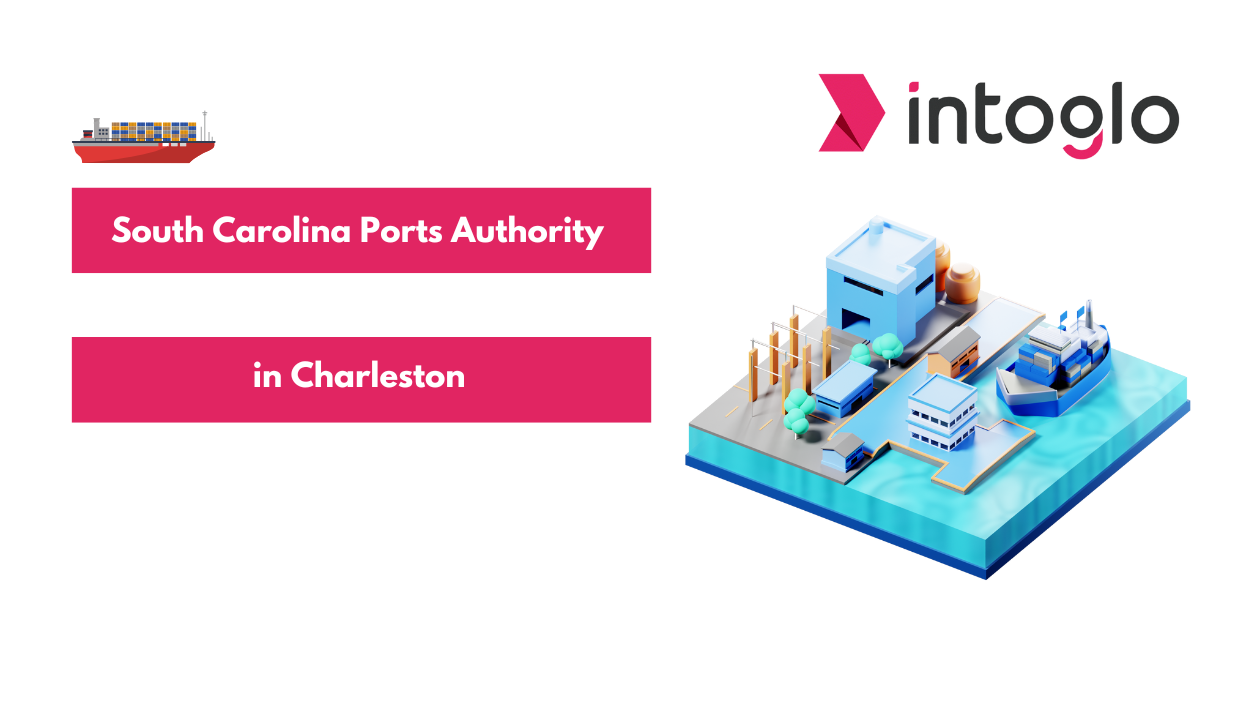
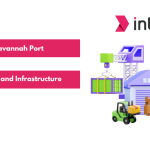
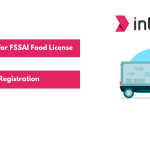
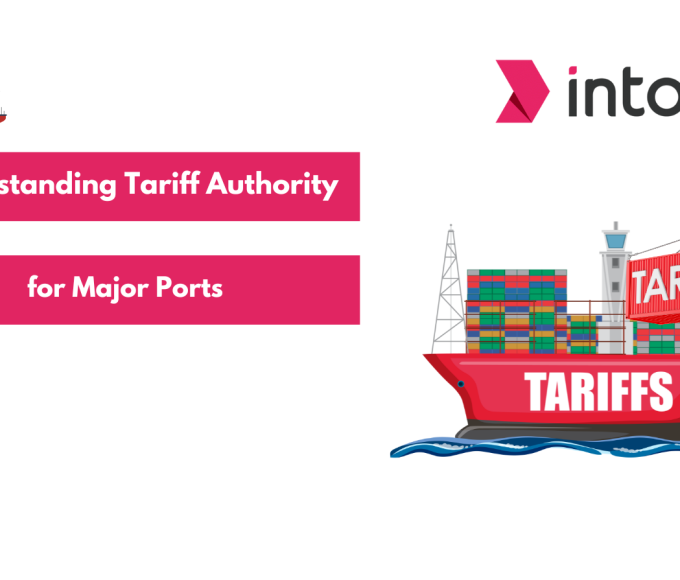
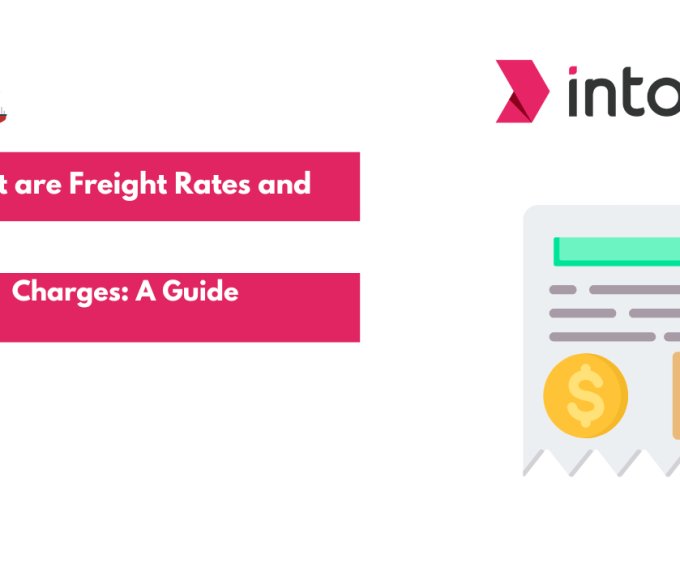
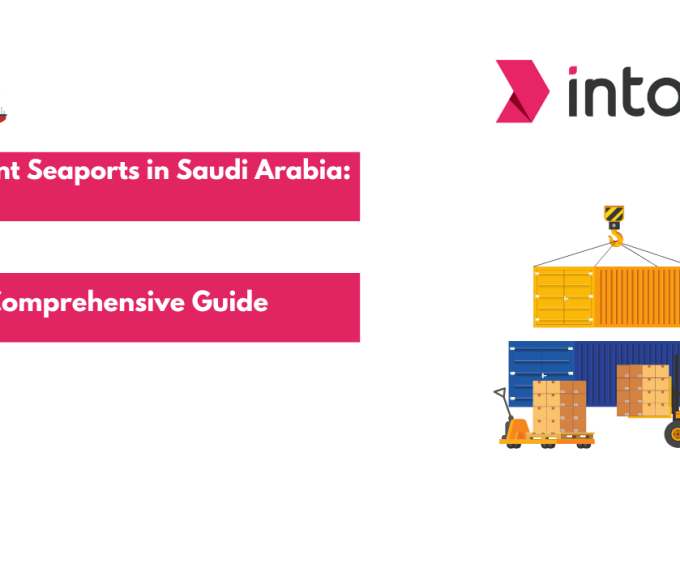
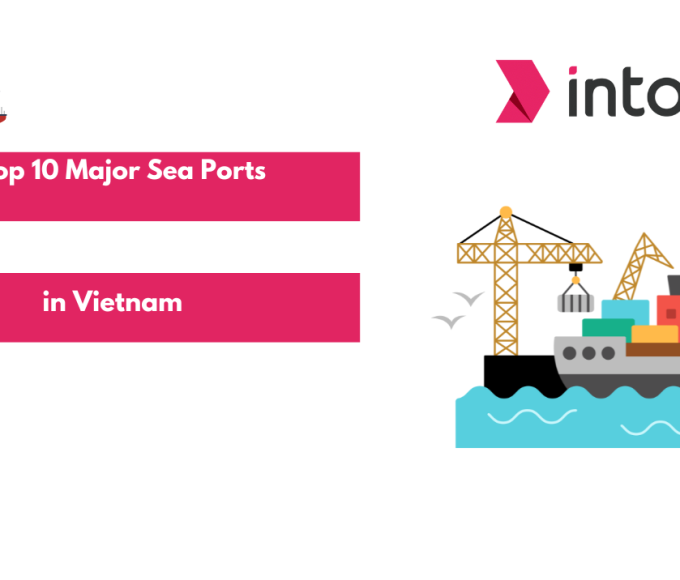
Leave a comment